Ramen and other popular Tohoku noodles
Enjoy a wide range of regional noodles from the locals’ staple Ramen to noodles with their own unique preparation methods such as Wanko Soba and Negi Soba!
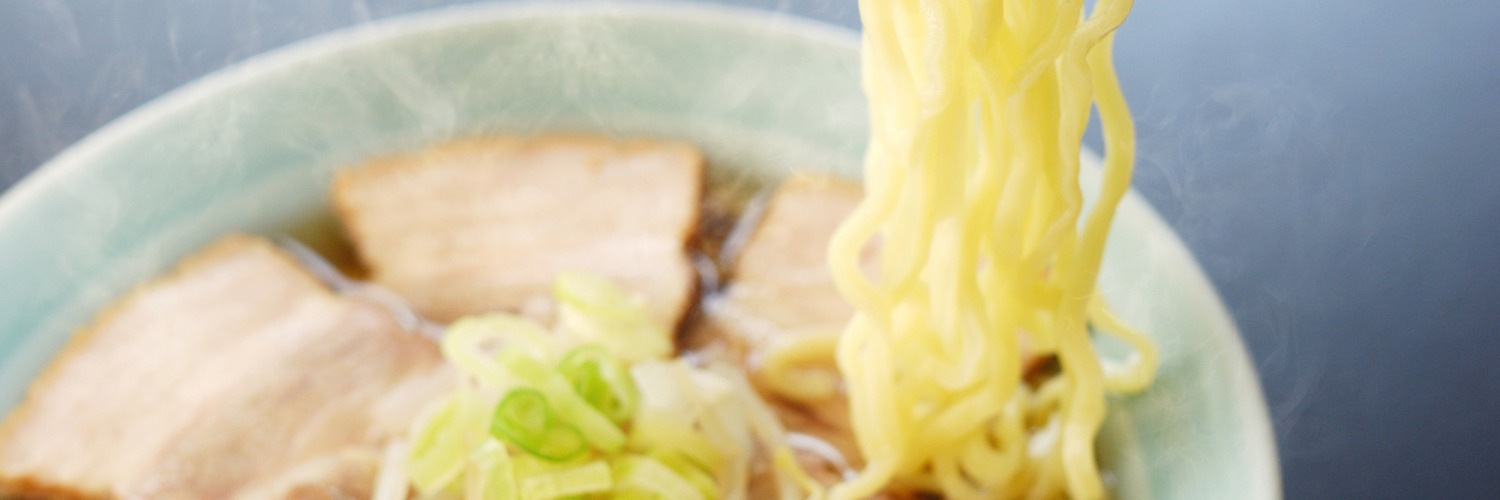
Ramen noodles and regional Tohoku culture
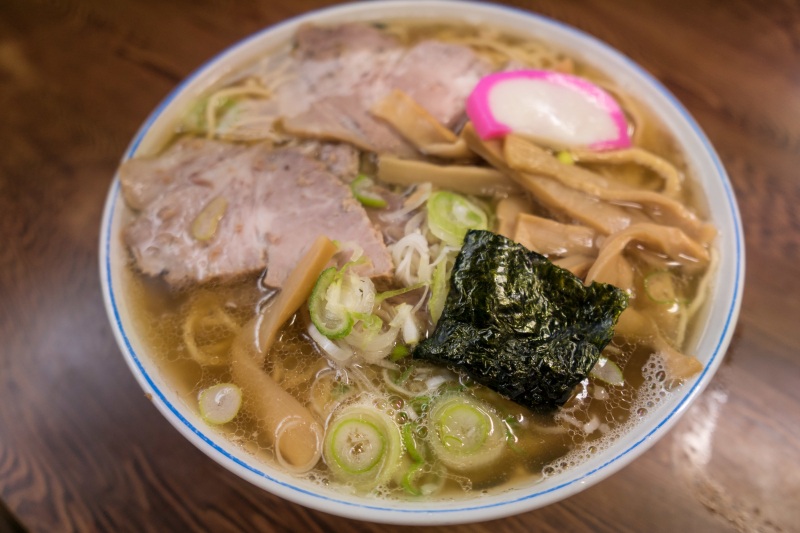
A commonly heard phrase around the noodle shops of Fukushima is “Asa-Ra”. The term refers to the local tradition of eating Ramen noodles for breakfast.
The city of Kitakata in Fukushima is known for its own unique Kitakata Ramen, and there are as many as 120 Ramen restaurants in the city. A number of these stores open early each morning offering their customers Ramen for breakfast, a popular option for many Kitakata natives. This custom of eating Ramen in the morning came to be affectionately known as “Asa-Ra” (morning Ramen) and can be seen in other regions of Tohoku including Aomori city.
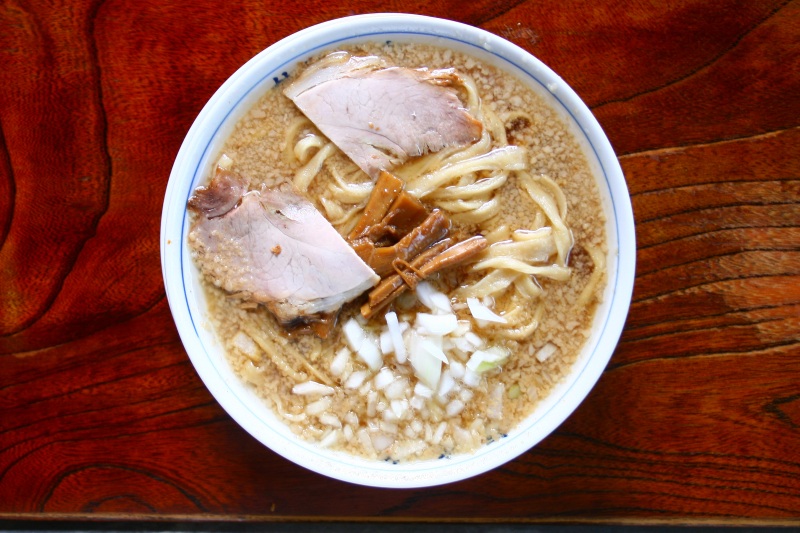
Local Tohoku Ramen varieties
The people of Yamagata city are said to consume the largest amount of Ramen in all of Japan. During the hot local summers the city’s restaurants offer a unique cold Ramen dish served with ice cubes in the soup. Tsubamesanjo in Niigata prefecture is a historic metal processing industrial area. Restaurants here developed a special hot Ramen for the local craftsmen containing extra pork fat. Today the dish is widely known as Tsubamesanjo Seabura (pork fat) Ramen. Enjoy these local Ramen varieties with their own unique cultural backgrounds!
Tohoku’s unique noodle traditions
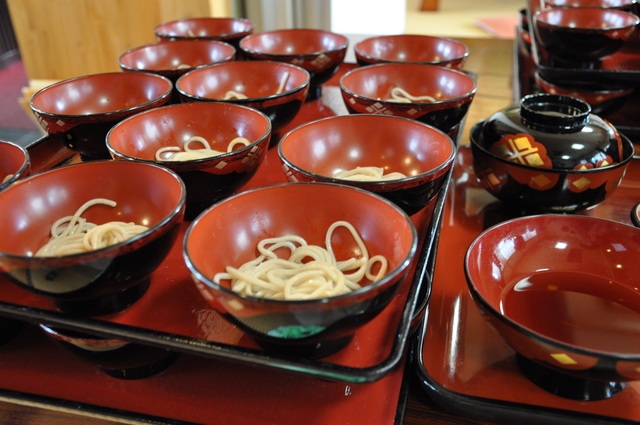
Wanko Soba
Wanko Soba is a small bowl of buckwheat noodles served in an all-you-can-eat style and repeatedly topped-up by restaurant waitresses cheering customers with chants such as “Hai jan jan! Hai don don!” Locals say that this method of serving was begun by local landlords who wanted to quickly fill their farmhands’ stomachs with Soba noodles. Be sure to experience this entertaining and challenging way of eating noodles for yourself!
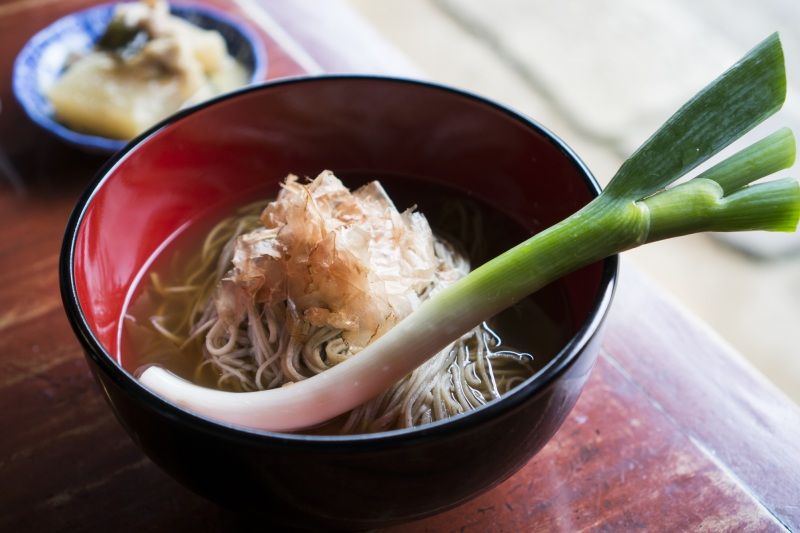
Negi Soba
Negi Soba is a local delicacy of Ouchijuku, the historic town popular with tourists in the Aizu region of Fukushima prefecture. The handmade buckwheat noodles are served with a leek with which the noodles are eaten instead of chopsticks. The leek also serves as a refreshing condiment while eating the noodles. Enjoy this unique way of eating noodles at the restaurants located in the town’s thatched-roof homesteads full of historic charm!
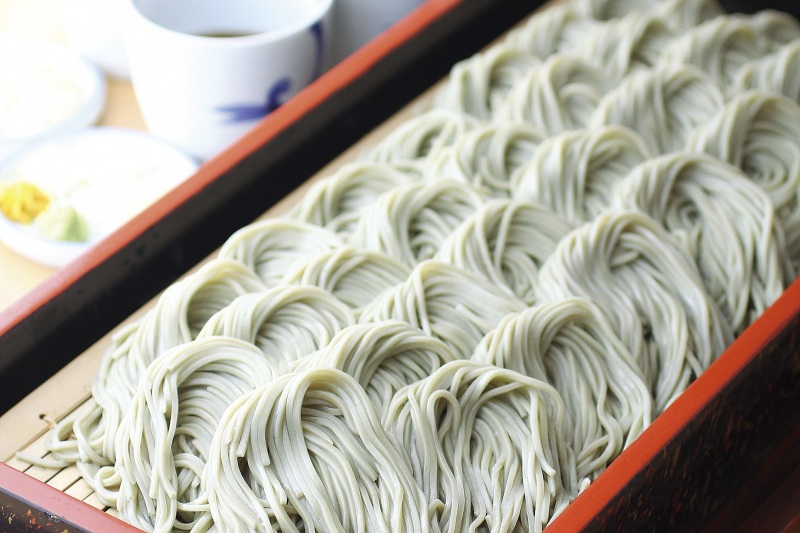
Hegisoba
Hegisoba is a local delicacy of Niigata prefecture. The greenish buckwheat noodles are naturally coloured with Funori seaweed and served in a wooden rectangular box locally known as a Hegi. The noodles are artfully lined up in bite-size loops in the Hegi box reminiscent of the loops of thread of a textile weaver. The smooth, chewy noodles are enjoyed with a condiment of a mildly tangy Japanese mustard.
More of Tohoku’s unique local noodles
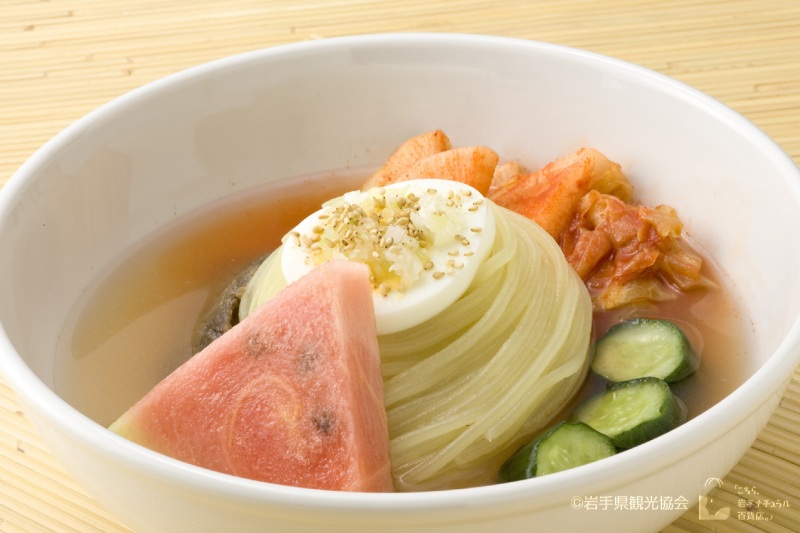
Morioka Reimen and Morioka Jajamen
Morioka Reimen consists of cold, chewy noodles in a rich beef broth. The Reimen can be enjoyed as a main meal or a side dish to Yakiniku. Morioka Jajamen is a popular dish for Morioka locals. The warm flat noodles are topped with a spicy meat sauce, finely shredded cucumber and grated ginger and then mixed before eating. The dish is served with condiments including chilli oil, rice vinegar and grated garlic which can be sprinkled over the noodles as desired.
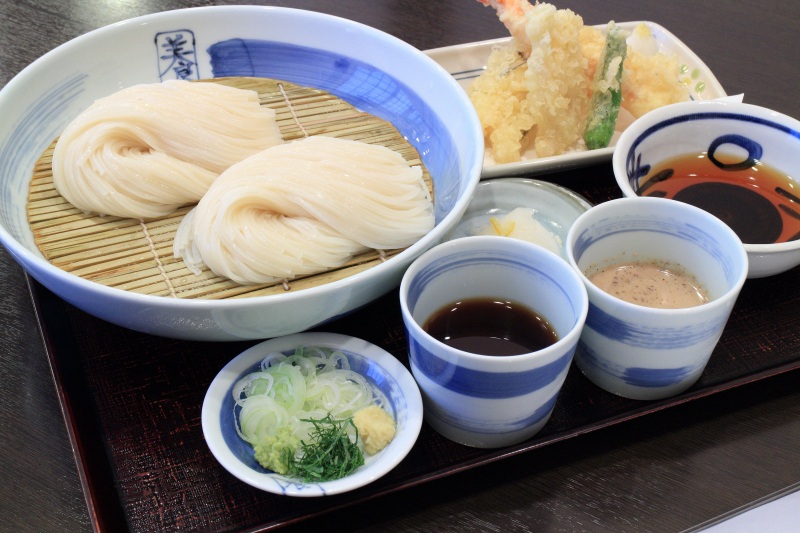
Inaniwa Udon Noodles
Inaniwa-cho in the city of Yuzawa in Akita prefecture is the hometown of Inaniwa Udon noodles. The smooth, chewy noodles are hand-made using the traditional processes of kneading, pounding and stretching. Praised nationally as one of Japan’s three best noodles, Inaniwa Udon was used as a traditional offering to landlords and as gifts between feudal lords travelling to and from Edo (Tokyo) during the Edo period. In addition to the city of Yuzawa, there are a number of restaurants throughout Akita offering popular Inaniwa Udon.
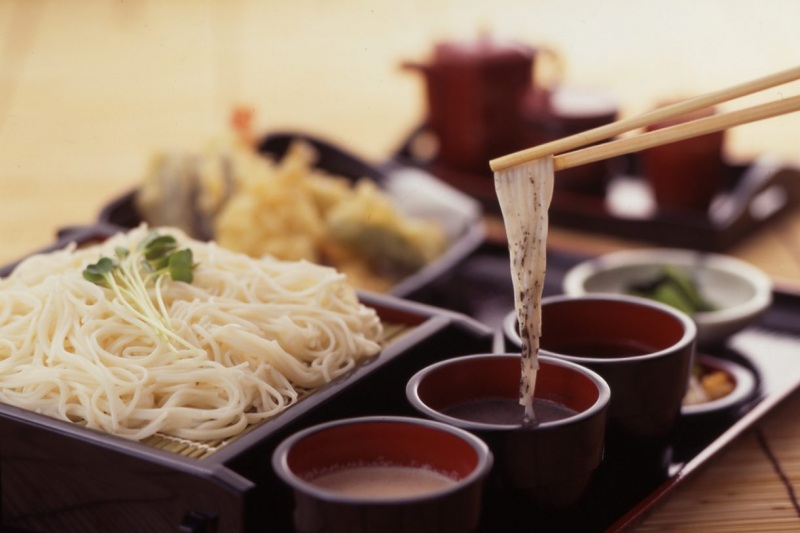
Shiroishi Umen Noodles
Shiroishi Umen noodles are a local delicacy of Shiroishi city in Miyagi prefecture. The noodles are made with only three ingredients - flour, salt and water - without any added oil, and are an uncomplicated and refreshing dish. The origin of Shiroishi Umen noodles dates back to the Edo period when a local man had a stomach ailment and his son came up with a new dish gentle on the stomach. The short (9cm), oil-free noodles are easily digested and a favourite for people of all ages.